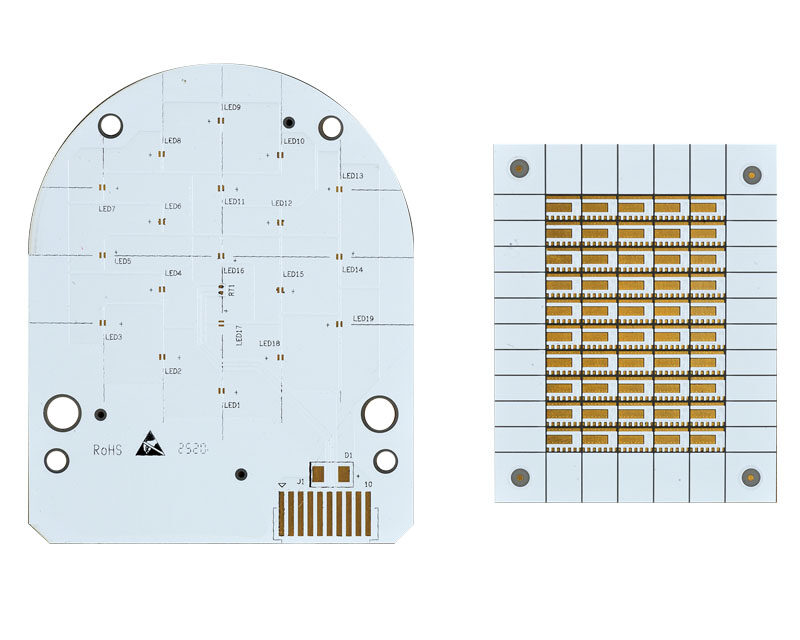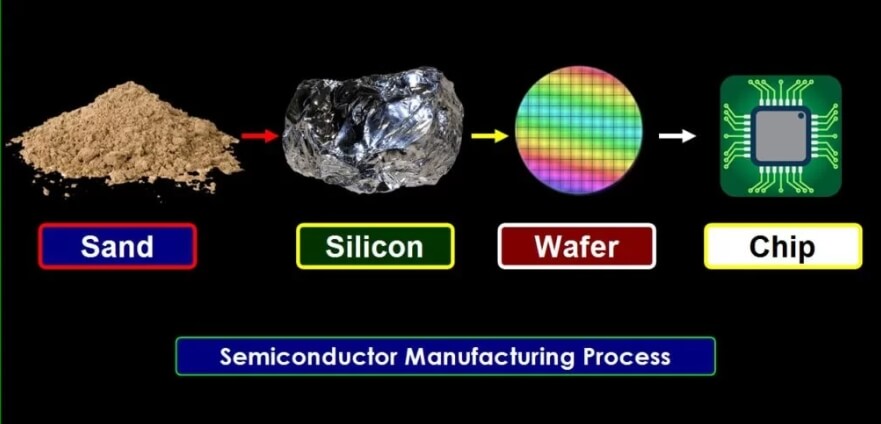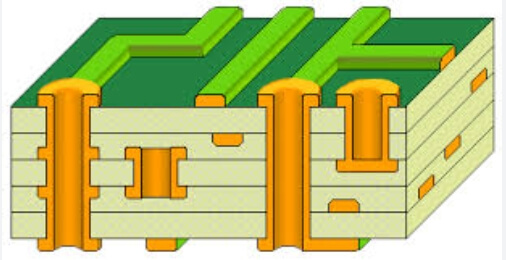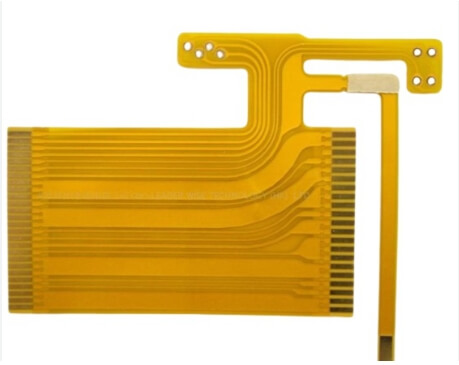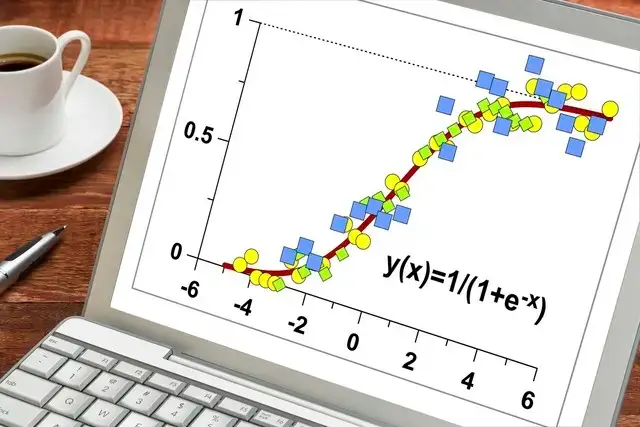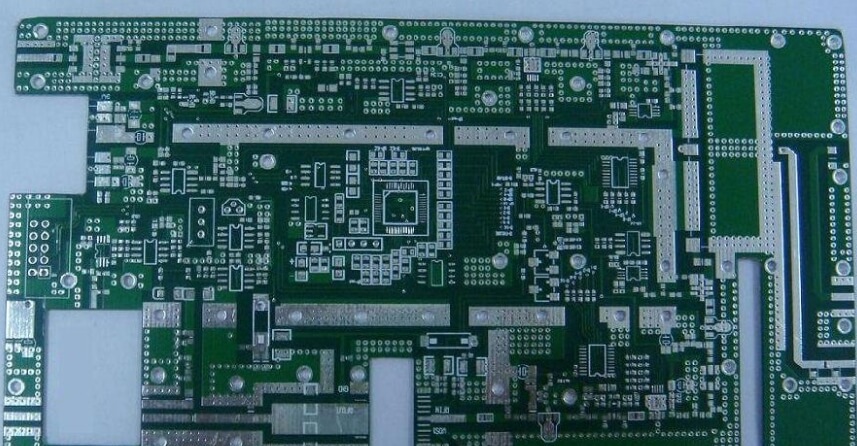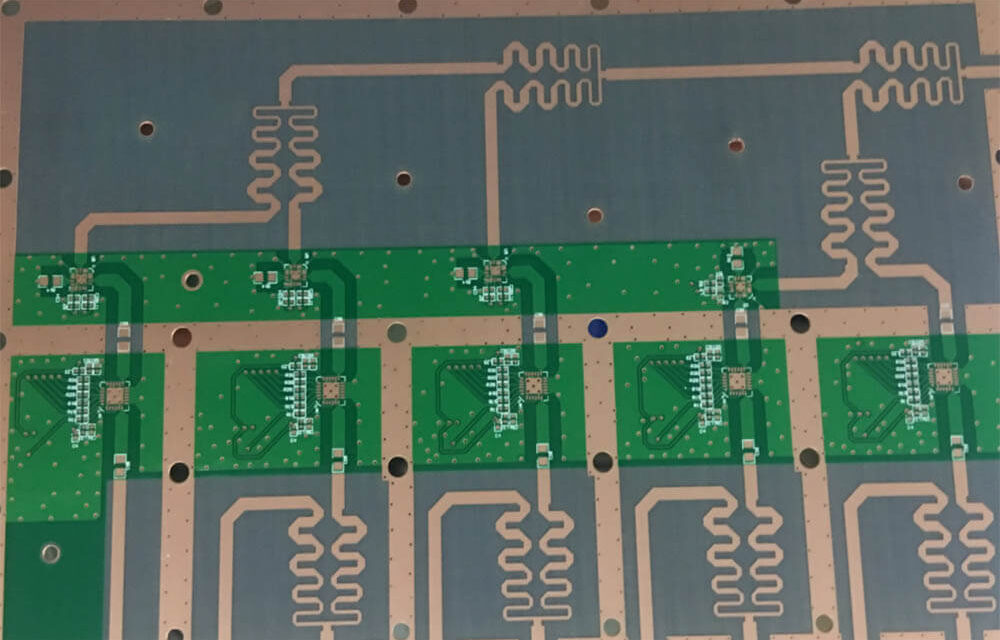There are many ways to solve the EMI problem. Modern EMI suppression methods include: using EMI suppression coatings, selecting appropriate EMI suppression components and EMI simulation design, etc. This article starts with the most basic PCB layout and discusses the role and design techniques of PCB layer stacking in controlling EMI radiation. Power Bus Reasonably placing a...
Blog
Explore the KKPCB Blog for the latest PCB manufacturing and assembly news, industry insights, expert tips, and technology trends, helping you stay informed and optimize your electronics projects.
In the past two or three years, the most fashionable technologies and products in our industry are HDI (high density interconnection) and Build-up Multilayer (build-up printed circuit board). However, in the development trend of market economy and high-tech products, there is another branch, which is high-frequency microwave printed circuit boards and metal-based printed circuit boards. Today, I will...
In this article, we will learn about the essential semiconductor manufacturing process. I have already explained about uses of silicon in electronics, which is the main material used to make semiconductors. In order for silicon to turn into a semiconductor chip, it needs to go through the several complex process of wafer manufacturing, oxidation, photolithography, etching, deposition and...
Flex PCB Benefits There are some pretty amazing benefits to using flexible PCBs. Some of the advantages of flexible PCBs include the following: Reduced Space and Weight: Most of the advantages associated with flexible PCBs come from their low volume and weight. In fact, using a flexible PCB instead of a rigid PCB can result in a space reduction...
At KKPCB, we’re your expert navigator through the world of stackup choices, ensuring your electronic arsenal is perfectly equipped. Need seamless integration with your design tools? Our impedance models make it effortless. Craft efficient, impedance-aligned PCB stackups that resist bowing and twisting, optimizing performance and reliability. All About PCB Layer Stackups PCB layering, or stackups,...
Your Valued HDI Printed Circuit Board Supplier High-density interconnect (HDI) printed circuit boards (PCBs) are an increasingly integral part of the PCB and electronics industries. Electronic components are becoming smaller and more lightweight but still demand ever-improving performance. To accommodate this, you need to pack more functionality into a smaller area. That’s precisely what HDI PCBs offer....
Ultra-thin flexible printed circuit boards (PCBs) have smaller copper features and other board materials. These models are extremely lightweight and lack the rigidity of other circuit boards. As the demand for even more compact electronics grows, so does the need for ultra-thin flex PCBs. PCBs are essential to the development of compact electronics for mobile, implantable and...
1.1 Definition of high frequency board High frequency board, also known as high frequency printed circuit board (High Frequency PCB), is a specially designed circuit board that can process and transmit high frequency signals. This kind of circuit board needs to consider many factors when designing and manufacturing to ensure the integrity and reliability of the signal during high-speed...
1. High frequency board application field High frequency and induction heating technology currently have the highest heating efficiency and speed for metal materials, and are low-cost and environmentally friendly. It has been widely used in various industries in the heat processing, heat treatment, hot assembly, welding, smelting and other processes of metal materials. It can not...
What is high frequency PCB? Radio frequency (RF) and microwave (MW) circuits can be found in countless wireless products, from handheld devices used in medical and industrial applications to advanced communications systems used in base stations, radar and global positioning. The success of these high-speed products begins during the product design phase when selecting PCB laminate...


